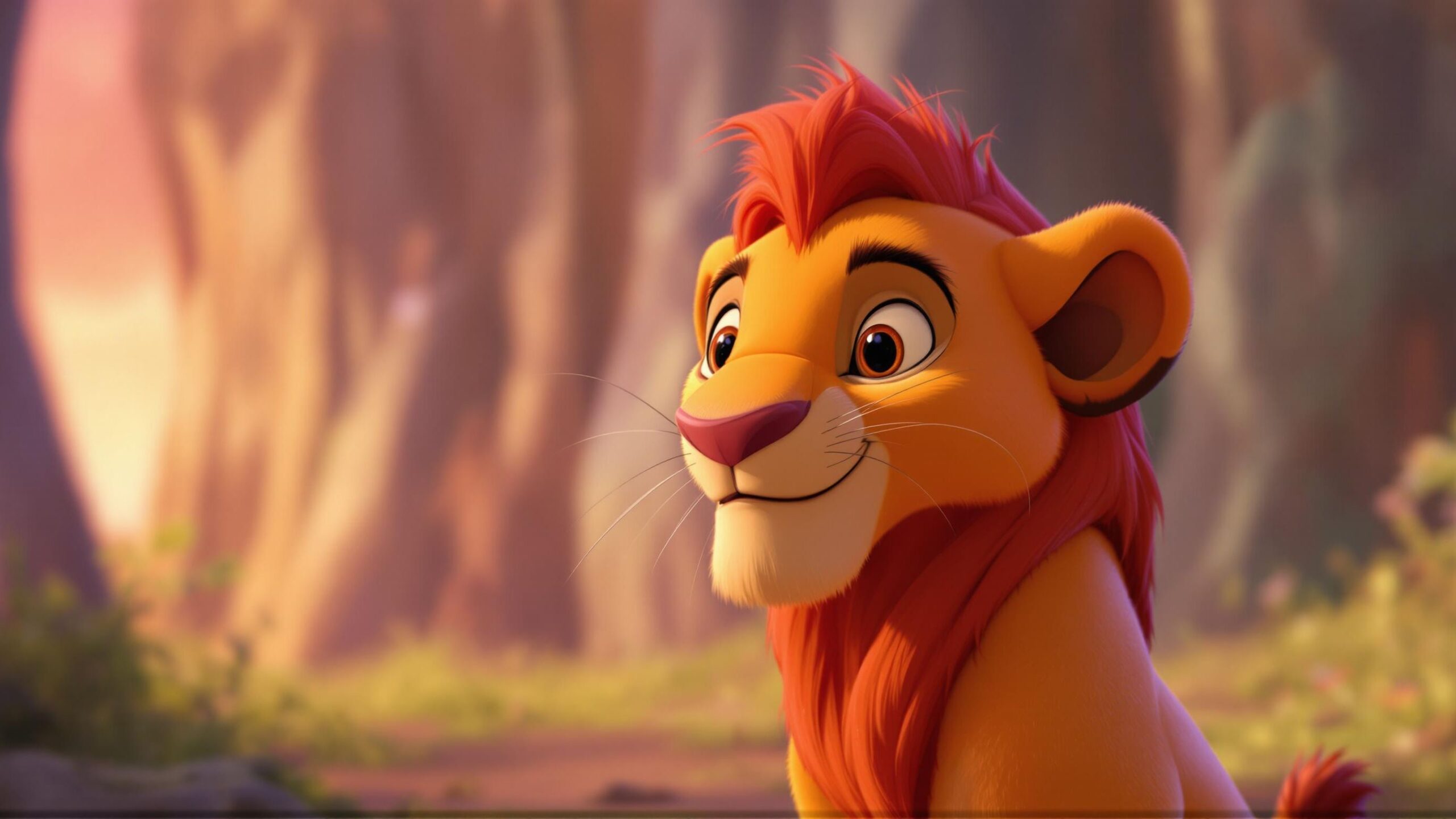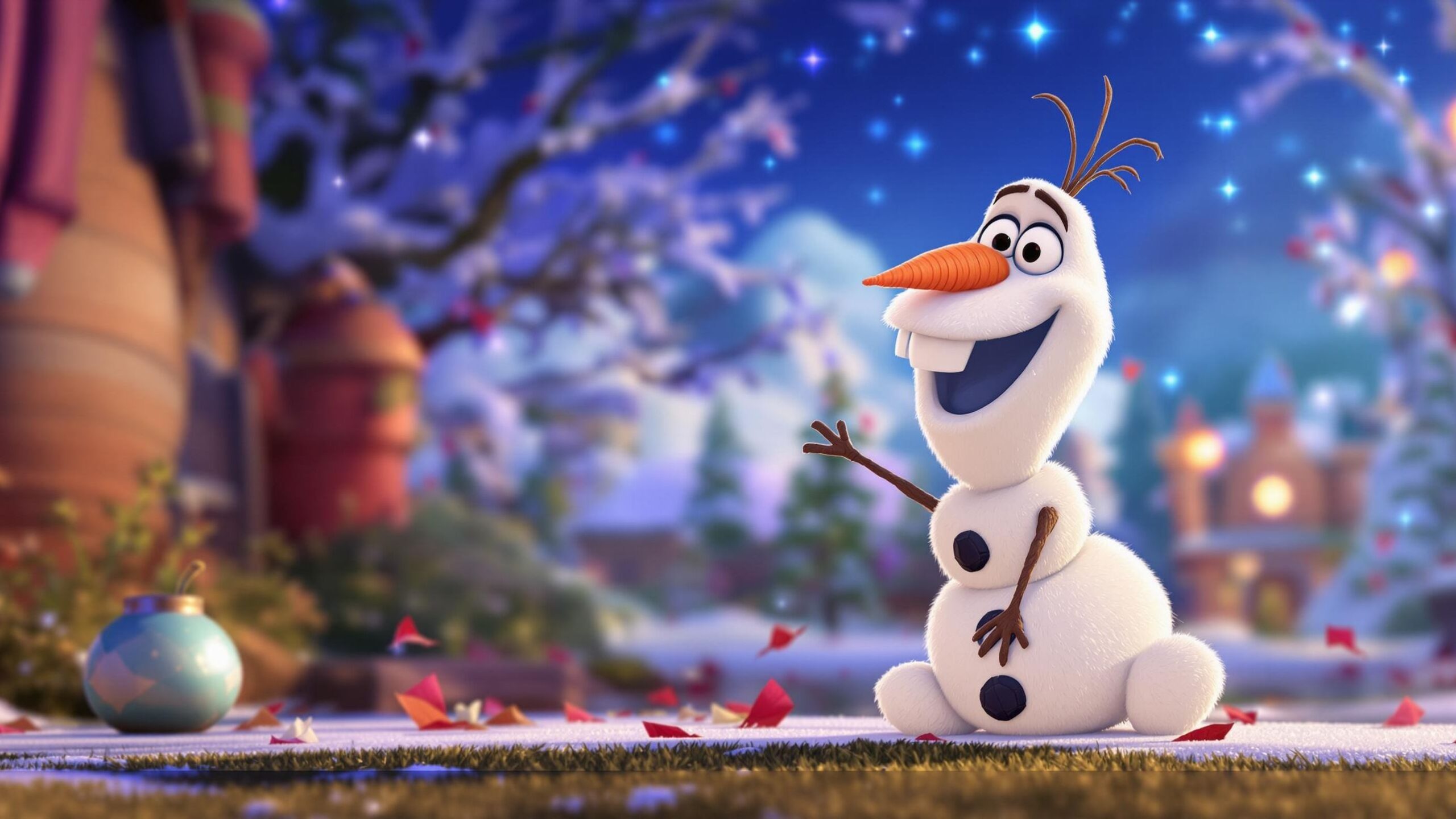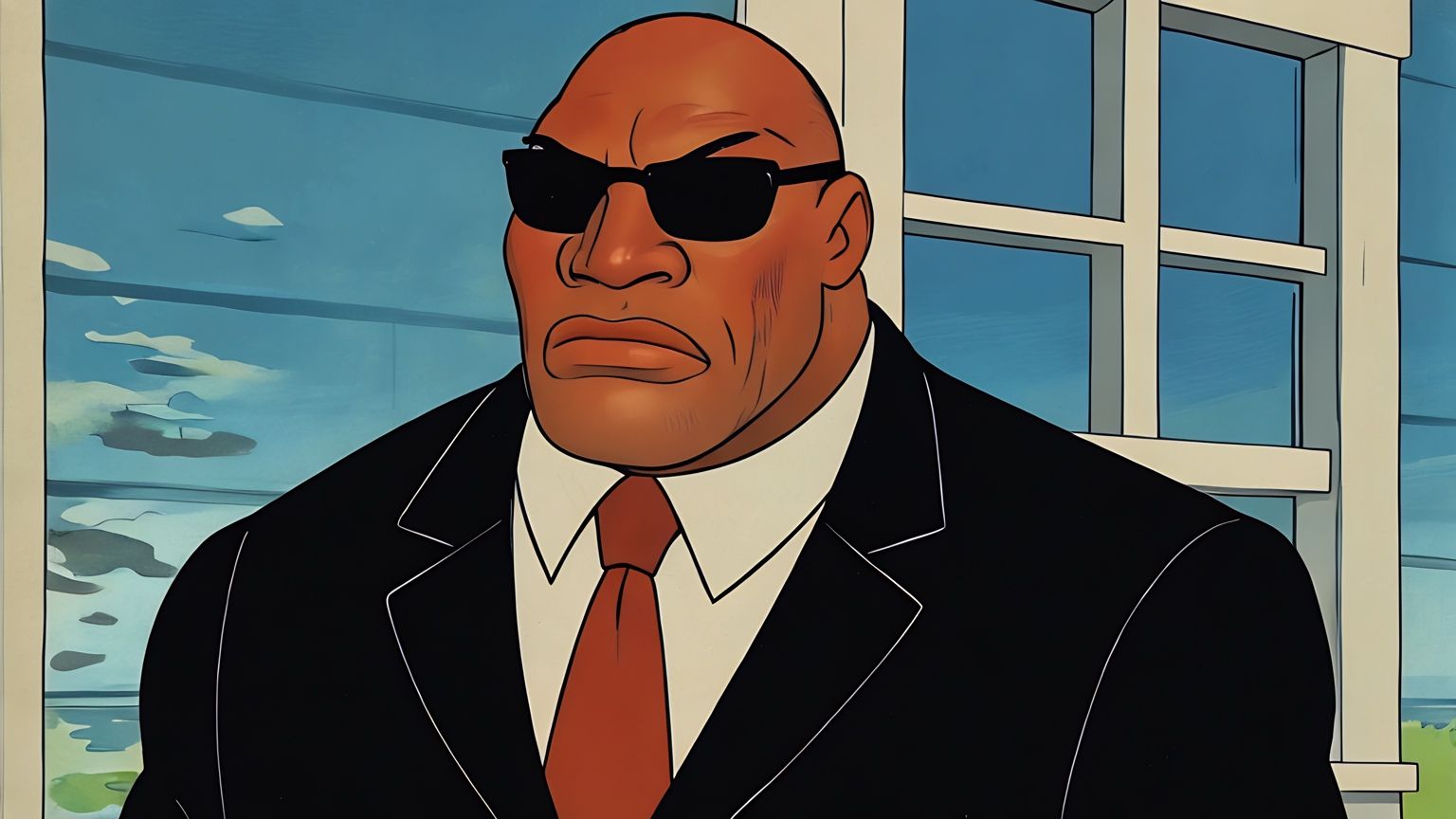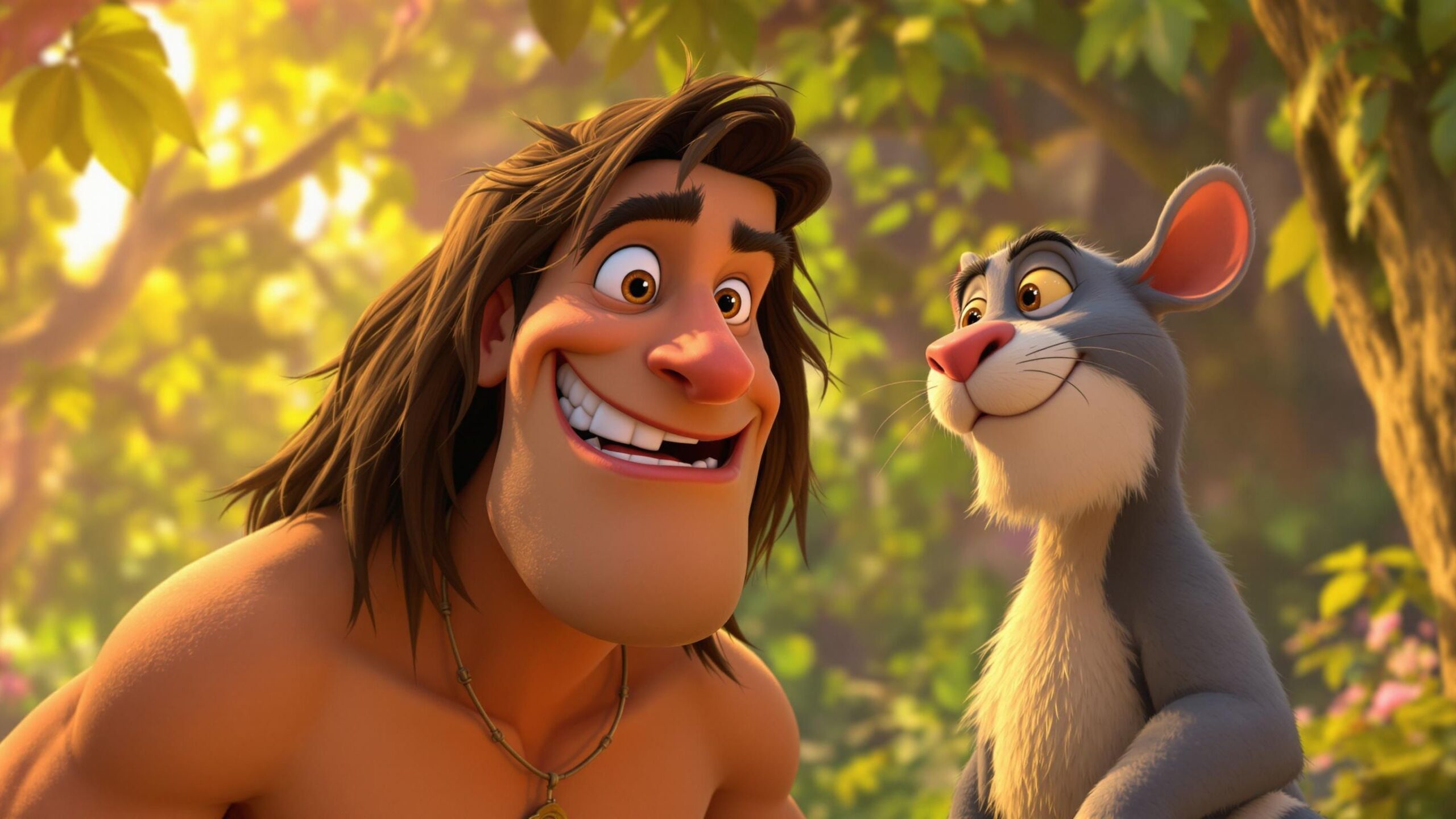From the sweeping savannas of Pride Rock to the haunting echo of a father’s voice in the stars, The Lion King has been inspiring audiences for decades. But even more than its iconic music, quotable sidekicks, and breathtaking animation, it’s Simba’s journey—his fall, growth, and rise—that continues to touch something deep within us. Simba isn’t just a lion cub finding his roar. He’s a mirror for our own lives, a symbol of personal evolution, and a timeless hero whose emotional path still hits just as hard today as it did in 1994.
Why does Simba’s story continue to resonate? Because it’s more than a story. It’s a life lesson wrapped in fur and scored to an Elton John soundtrack. It’s the ultimate tale of purpose, guilt, redemption, and learning to face your past in order to embrace your future. Let’s dive into why Simba’s journey still holds such powerful meaning in today’s world.
The Weight of Legacy and Identity
From the very beginning, Simba is told he’s destined to be king. That’s a heavy burden for anyone—let alone a young cub who just wants to chase birds and slide down waterfalls. His early life is framed by the expectations of others. Mufasa tells him the circle of life is his to uphold. Zazu reminds him of royal decorum. Even Scar, through manipulation, uses the weight of legacy to wound him.
That pressure is something we all relate to. Whether it’s family expectations, cultural standards, or our own internal “shoulds,” the idea of living up to something larger than ourselves is universal. Simba runs from it, believing he’s unworthy. He hides behind a philosophy of “Hakuna Matata,” hoping that avoiding his destiny will make the pain disappear.
Today, in a world obsessed with identity and self-actualization, Simba’s struggle feels more relevant than ever. We’re constantly asked to define who we are—online, in careers, in relationships. And just like Simba, many of us feel overwhelmed by the need to live up to a role or image we didn’t choose. His journey shows us that identity isn’t something handed down. It’s something you step into, claws and all, when you’re ready to accept your truth.
The Scar of Guilt and the Power of Forgiveness
Let’s talk about trauma. Simba carries a devastating secret: he believes he caused his father’s death. Scar’s lie becomes Simba’s truth, and that guilt reshapes his life. It sends him into exile, keeps him from returning home, and convinces him that he’s not worthy of his name.
This emotional wound is at the heart of Simba’s journey—and it’s what makes it so powerful. We’ve all held onto guilt, real or imagined. We’ve all let fear and shame steer us away from healing. Simba’s self-imposed exile mirrors how many people react to grief or trauma. Instead of processing pain, we often bury it beneath distractions, humor, or distance.
But The Lion King doesn’t let Simba off easy. Rafiki’s famous wisdom— “The past can hurt. But the way I see it, you can either run from it… or learn from it”—forces Simba to look at his own reflection and face the truth. That moment is one of the most emotional in the film. He realizes he can’t change the past, but he can change what comes next.
Simba’s return is more than just a physical journey home—it’s an emotional return to himself. It’s the moment he forgives himself and steps back into his power. In a world where people are increasingly encouraged to confront mental health, shame, and personal growth, Simba’s arc offers an incredibly relatable roadmap for redemption.
Hakuna Matata: Escape or Enlightenment?
Ah yes—Hakuna Matata. The two words that defined a generation. Timon and Pumbaa’s breezy anthem of worry-free living is more than just a catchy tune—it’s an entire lifestyle. For Simba, it’s a lifeline. After the trauma of losing his father, Hakuna Matata gives him a space to breathe, laugh, and grow without the constant pressure of kingship looming over him.
But here’s the twist: while Hakuna Matata helps Simba survive, it doesn’t help him heal.
Today’s world is full of people seeking escapes. Whether it’s through social media scrolling, binge-watching, self-help mantras, or travel blogs telling us to “live in the moment,” we’re all looking for our own Hakuna Matata. And while escapism isn’t inherently bad, Simba’s story reminds us that there comes a time when hiding isn’t healing.
The real power of Hakuna Matata is that it shows us both sides of coping. Sometimes we need space to pause and recover. But eventually, we have to move forward. Simba learns that he can’t live in paradise forever—not while his past, and his people, still need him. And that lesson hits even harder in today’s age of constant distraction.
Nala, the Friend Who Calls You Out
Let’s give Nala some credit. She doesn’t just show up in the jungle and ask Simba to come home—she demands it. She challenges his comfort zone, questions his excuses, and reminds him of who he really is. She’s the voice that says, “You’re better than this.”
Everyone needs a Nala. In a time when echo chambers and curated feeds often surround us with people who only support our status quo, it’s easy to avoid difficult truths. But true growth requires someone who’s willing to tell you what you don’t want to hear. Nala is that mirror for Simba. She sees the king in him when he can’t.
Their reunion also brings warmth, chemistry, and one of Disney’s most romantic musical sequences ever. But beyond the love story, Nala’s role is about accountability and loyalty. She shows us the importance of real friends—the ones who not only remind you of your potential but won’t let you hide from it.
The Ghost of Mufasa and the Voice of Wisdom
“You have forgotten who you are and so have forgotten me.” Mufasa’s ghostly words from the clouds remain one of the most iconic and spine-tingling moments in Disney history. It’s not just the visual—the thunderstorm of light, the booming voice—it’s what it means.
Mufasa isn’t just calling Simba out. He’s reminding him of his roots. Of the legacy and strength that lives inside him. Of the connection between past and present. It’s spiritual. It’s mythic. And it hits hard.
In today’s world of disconnection—where people feel distant from tradition, culture, or even family—Mufasa’s message resonates deeply. We all need reminders of where we come from. We all crave a sense of belonging that span more than a Twitter feed or a trend. Mufasa’s appearance is a symbol of that grounding. It’s the call from ancestry, from memory, from the better version of ourselves.
And it’s delivered not with scolding, but with love. It’s a reminder that guidance doesn’t always come from the living—and that sometimes, we already carry the answers we’re looking for.
Facing Scar: Confronting the Source of Pain
The showdown between Simba and Scar isn’t just a battle for Pride Rock. It’s a confrontation with the root of Simba’s trauma. Scar represents deception, betrayal, and fear. For Simba to reclaim his throne, he has to go toe-to-toe with the one who manipulated him into silence.
This isn’t just a physical fight—it’s emotional warfare. Scar uses words like weapons, twisting the truth one last time. But Simba, now wiser and stronger, refuses to fall for it again. When he tells the truth about Mufasa’s death, he reclaims the narrative. He takes back control of his own story.
That’s a powerful metaphor for anyone who’s ever been gaslit, minimized, or told they weren’t enough. Simba’s victory isn’t just over Scar—it’s over self-doubt. And when the rain begins to fall as the fire dies, it’s not just cleansing Pride Rock—it’s cleansing Simba’s soul.
In a world full of emotional scars (pun fully intended), this battle is a reminder that the path to healing often runs through the heart of what hurt us.
Rebuilding the Kingdom: The Work After the Win
One of the most underrated parts of The Lion King is what comes after the climax. After the fire, the roar, and the dramatic slow-motion leap, we see Simba take his place on Pride Rock. The clouds’ part, the sun rises, and balance returns. But that’s not the end—it’s the beginning.
Simba doesn’t just reclaim the throne. He rebuilds the kingdom. The land, once dried and dead under Scar’s rule, begins to flourish again. It’s a powerful metaphor for healing not just yourself, but your community. Because true leadership doesn’t stop at victory—it begins with restoration.
In an age where people are more aware of social responsibility, mental health, and generational healing, Simba’s journey into leadership reminds us that healing is both personal and collective. You don’t just come back to rule—you come back to serve, to nurture, and to ensure that the next generation rises stronger.
The Legacy of Simba Today
Decades after The Lion King first roared into theaters, Simba’s story continues to echo through culture, classrooms, and even therapy offices. He’s become more than a character—he’s a rite of passage. Kids see themselves in young Simba. Teens understand his guilt. Adults recognize the weight of leadership and the pain of regret. And everyone, regardless of age, feels that shiver when Mufasa’s voice says, “Remember who you are.”
In a time of global change, personal struggle, and never-ending reinvention, Simba’s journey reminds us that it’s never too late to return to yourself. You can run. You can hide. You can try to forget. But your truth waits for you, roaring louder than ever, until you finally step into it.




